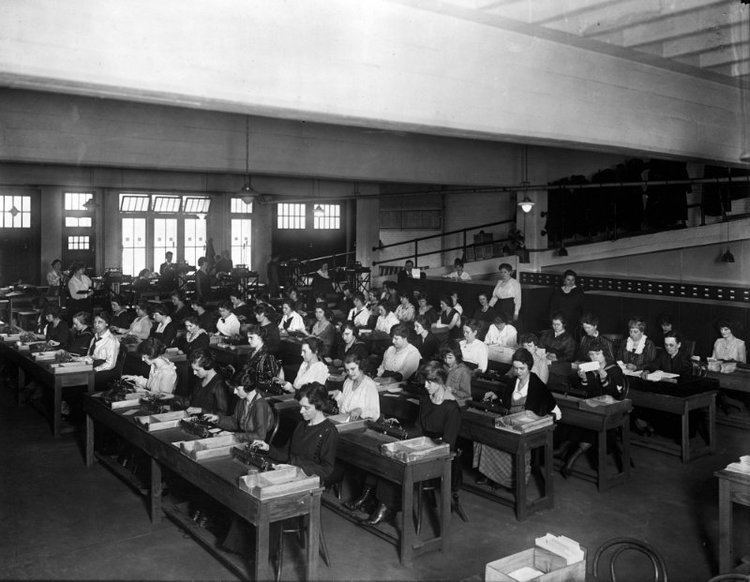 | ||
The future of human computer interaction nobel week dialogue 2015 the future of intelligence
The term "computer", in use from the early 17th century (the first known written reference dates from 1613), meant "one who computes": a person performing mathematical calculations, before electronic computers became commercially available. "The human computer is supposed to be following fixed rules; he has no authority to deviate from them in any detail." (Turing, 1950) Teams of people were frequently used to undertake long and often tedious calculations; the work was divided so that this could be done in parallel.
Contents
- The future of human computer interaction nobel week dialogue 2015 the future of intelligence
- Human computers
- Origins in astronomy
- Mathematical tables
- Fluid dynamics
- Wartime computing and the invention of electronic computing
- Use of the term to refer to humans in human based computation
- References
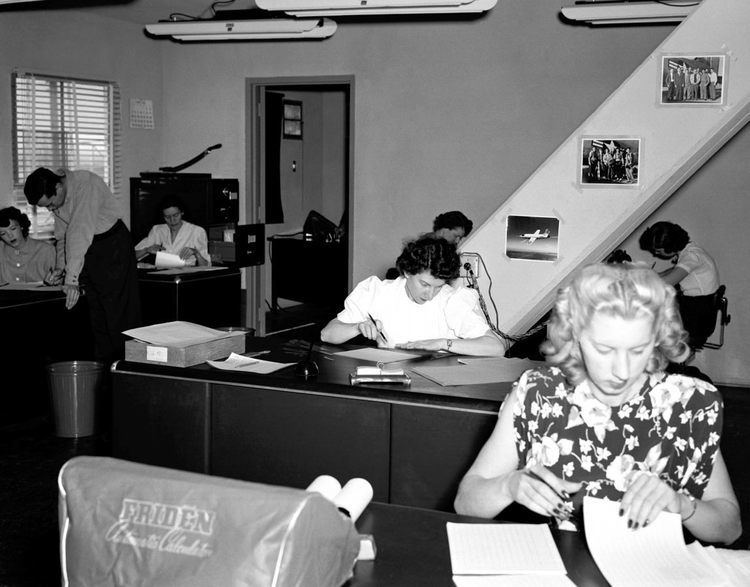
Since the end of the 20th century, the term "human computer" has also been applied to individuals with prodigious powers of mental arithmetic, also known as mental calculators.
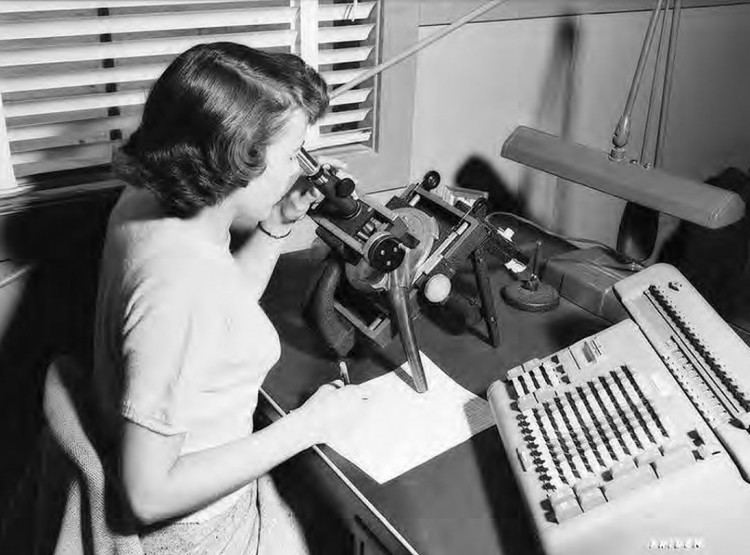
Human computers
Origins in astronomy

The approach was taken for astronomical and other complex calculations. Perhaps the first example of organized human computing was by the Frenchman Alexis Claude Clairaut (1713–1765), when he divided the computation to determine timing of the return of Halley's Comet with two colleagues, Joseph Lalande and Nicole-Reine Lepaute.
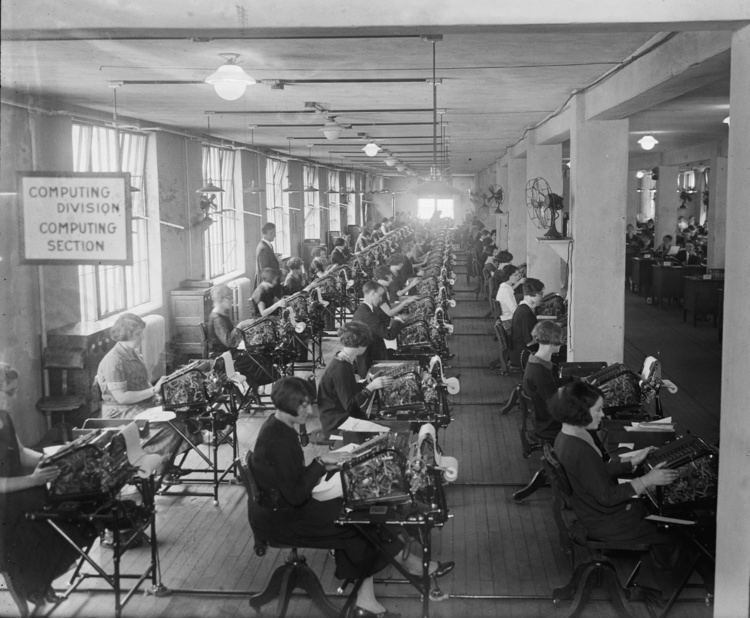
For some men, being a computer was a temporary position until they moved on to greater advancements. For women the occupation was generally closed, with some exceptions such as Mary Edwards who worked from the 1780s to 1815 as one of thirty five computers for the British Nautical Almanac used for navigation at sea. This changed in the late nineteenth century with Edward Charles Pickering. His group was at times termed "Harvard Computers". Many of the women astronomers from this era were computers with possibly the best known being Henrietta Swan Leavitt, who worked with Pickering from 1893.

Florence Cushman was another of the Harvard University computers from 1888 onward. Among her best known works was A Catalogue of 16,300 Stars Observed with the 12-inch Meridian Photometer. She also worked with Annie Jump Cannon.
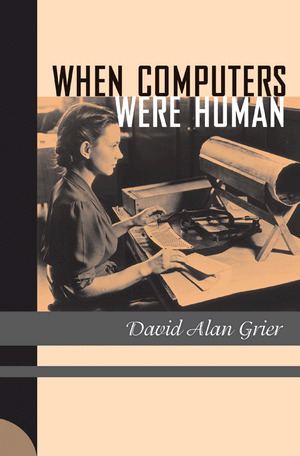
The Indian mathematician Radhanath Sikdar was employed as a "computer" for the Great Trigonometrical Survey of India in 1840. It was he who first identified and calculated the height of the world's highest mountain, later called Mount Everest.
Mathematical tables
Human computers were used to compile 18th and 19th century Western European mathematical tables, for example those for trigonometry and logarithms. Although these tables were most often known by the names of the principal mathematician involved in the project, such tables were often in fact the work of an army of unknown and unsung computers. Ever more accurate tables to a high degree of precision were needed for navigation and engineering. Approaches differred, but one was to break up the project into a form of long distance work from home piece work. The computers, often educated middle class women who society deemed it unseemly to engage in the professions or go out to work, would receive and send back packets of calculations by post.
Fluid dynamics
Human computers were used to predict the effects of building the Afsluitdijk in the Zuiderzee. The computer simulation was set up by Hendrik Lorentz.
A visionary application to meteorology can be found in the scientific work of Lewis Fry Richardson who, in 1922, estimated that 64,000 humans could forecast the weather for the whole globe by solving the attending differential equations numerically. Around 1910 he had already used human computers to calculate the stresses inside a masonry dam.
Wartime computing and the invention of electronic computing
Human computers played integral roles in the World War II war effort in the United States, and because of the depletion of the male labor force due to the draft, many computers during World War II were women, frequently with degrees in mathematics. In the Manhattan Project, human computers, working with a variety of mechanical aids, assisted numerical studies of the complex formulas related to nuclear fission. Because the six people responsible for setting up problems on the ENIAC (the premiere general-purpose electronic digital computer built at the University of Pennsylvania during World War II) were drafted from a corps of human computers, the world's first professional computer programmers were women including Kay McNulty, Betty Snyder, Marlyn Wescoff, Ruth Lichterman, Betty Jean Jennings, and Fran Bilas.
Following World War II, the NACA used human computers in flight research to transcribe raw data from celluloid film and oscillograph paper and then, using slide rules and electric calculators, reduced the data to standard engineering units. Margot Lee Shetterly's biographical book, Hidden Figures, documents the contributions of African American woman who served as human computers at NASA. One such computer was Dorothy Vaughan who began her work in 1943 with the Langley Research Center as a special hire to aid the WWII effort.
Use of the term to refer to humans in human-based computation
The term "human computer" has been recently used by a group of researchers who refer to their work as "human computation" (Law, 2011) In this usage, "human computer" refers to activities of humans in the context of human-based computation (HBC). This usage is questionable for the following reason. HBC is a computational technique where a machine outsources certain (not necessarily algorithmic) tasks to humans. In fact, most of the time humans in the context of HBC are not provided with a sequence of exact steps that needs to be executed to yield an answer. HBC is agnostic about how humans solve the problem. This is why the term outsourcing is used in the definition. The use of humans as "human computers" in the context of HBC is very rare.
